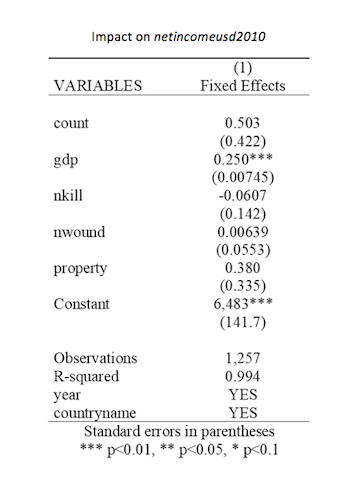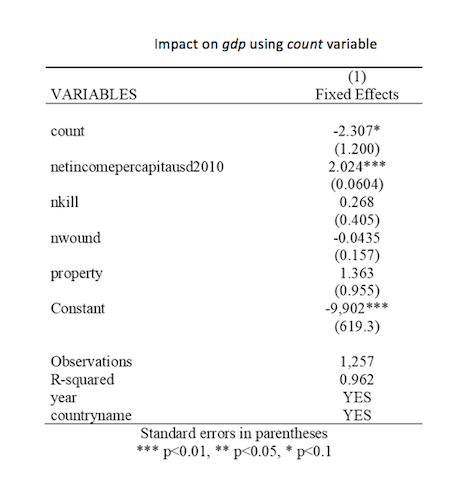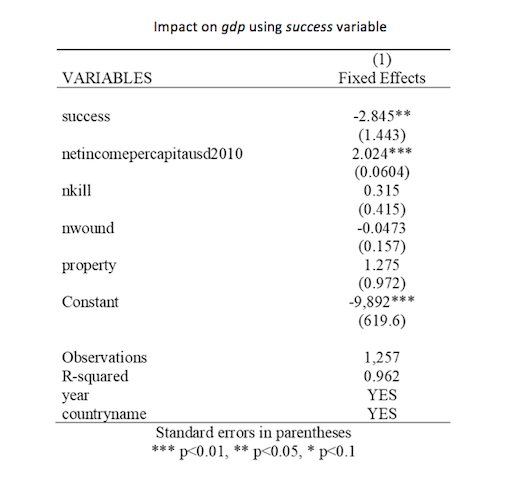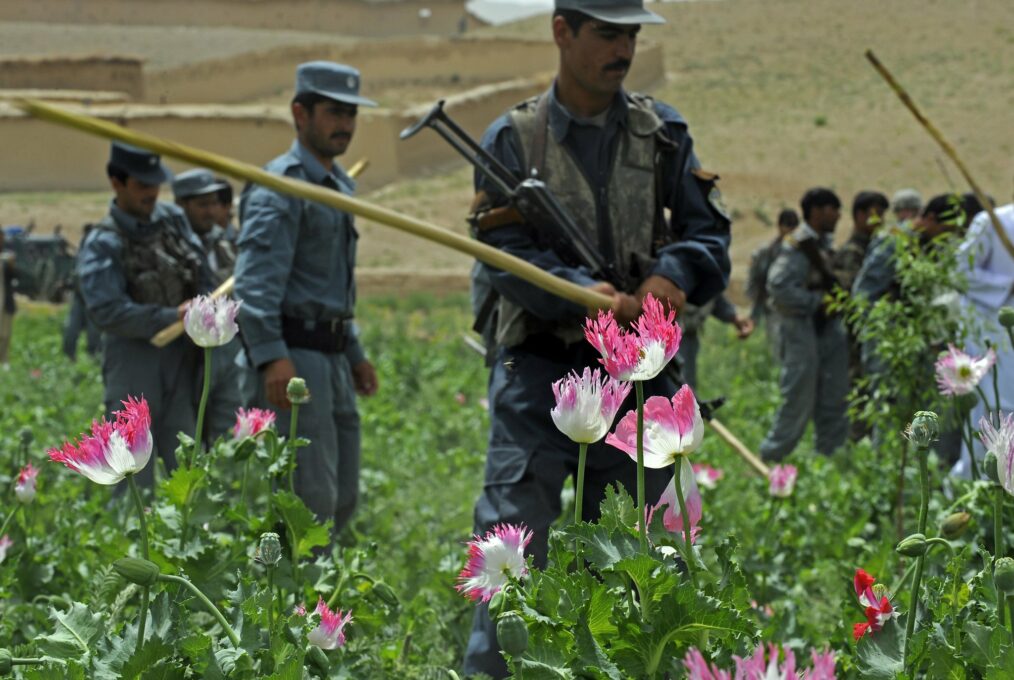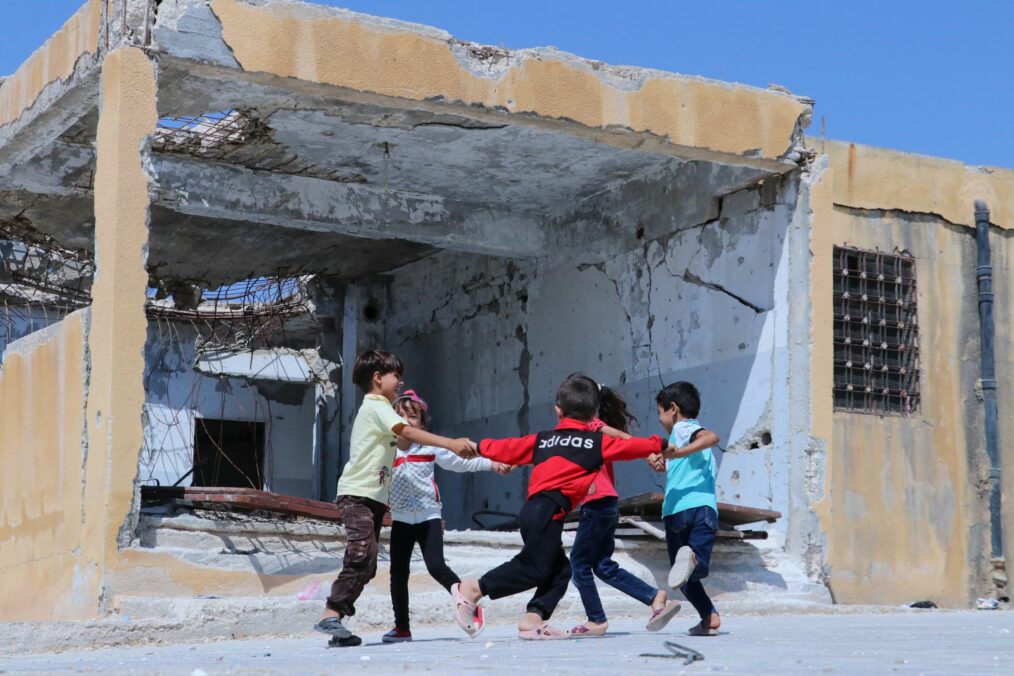The inclusion of sporting elements in preventive measures and deradicalization programs has not been treated with sufficient academic rigour, but the notion has been touted at the highest levels of intergovernmental organizations. Accordingly, initiatives that attempt to shift the use of combat sports as a means of extremist or terrorist recruitment into pathways for peaceful mentorship should be examined as well.
Why Is Sport Important?
Analysts focused on the complexity of why youth radicalize often conclude that the most vulnerable struggle with matters of identity and thus related issues of belonging, purpose and connection. These variables are often coupled with insecurity at home, economic marginalization and mental health as obstacles that young adults are unequipped to solve by themselves. While sport cannot singly resolve these issues outright, it remains a key factor in youth empowerment and thus wider social development in communities.
Empowerment from sport is intrinsically linked to lessons learned through practice and sensations of accomplishment. For instance, programs that include sport in some format highly focus on the development of confidence, self-esteem, self-control, teamwork and the continued breakdown of cultural stereotypes. Each of these characteristics and their maturation are extremely beneficial in both prevention and deradicalization efforts.
In both cases, youth and young adults come to acknowledge their roles in community settings, pursue beneficial connections, and build a sense of self that prepares them for fruitful opportunities. Indeed, United Nations Security Council Resolution 2419 adopted on June 6, 2018 acknowledges, “the growing contribution of sport and culture to the realization of development and peace in the promotion of tolerance and respect as well as the contributions sport and culture make to the empowerment of youth and women, individuals and communities as well as to health, education and social inclusion objectives.”
As hinted in the resolution, there is evidence that the most effective sport programs include access to educational classes, vocational training and employment, and opportunities to volunteer in the community. In such an arrangement, the connection between psychological and physical health of youth is addressed and in turn, reflective in the state of their communities. Strong youth contribute to community resiliency.
Nonetheless, such frameworks can only be facilitated by the involvement of reliable role model figures — teachers, coaches, volunteers — that create atmospheres of mentorship. Figures such as those that excelled in sport as well as individuals involved in their respective communities can share their personal experiences of integration, success and warn that extremism is a flawed, dangerous path. Mentorship relationships between coach and student provide yet another layer of connection that can potentially pinpoint if a youth seems atypically troubled or disaffected, especially in communities targeted by manipulative extremist recruiters.
Sport unites in a fun environment with holistic objectives. As governments typically focus on intelligence and law enforcement to counter radicalization, the inclusion of sporting programs is often a secondary — or even tertiary — afterthought prompting initiatives to seek out government funding, donations from the private sector and non-governmental organizations (NGOs). It is generally considered that those youth most at risk of radicalization and recruitment are of meager socio-economic means; therefore, sports that provide the best dividends with as little investment, but requiring of strong effort and passion, are preferred.
Combat Sports and Radicalization
In recent years, law enforcement has made the link between combat sports (martial arts) and radicalization. For example, a sudden interest in hand-to-hand fighting styles or techniques to subdue an opponent have been mentioned as possible indicators of nefarious activities once taken into context with other factors. Some scholars have gone as far as to say that the topic has been previously neglected from prior study.
It is a simple conclusion as to why this phenomenon materialized as extremist groups and terrorist organizations thrive on the recruitment of fighters or those willing to carry out operations. The psychological stimuli created by striking sports can be easily exploited if not taught alongside an integrated positive lifestyle. Those already trained in the fighting arts are prepared and those that need to gain such skills can be easily taught as well.
Much attention has been paid to far-right extremist movements’ involvement in the promotion of mixed martial arts (MMA) tournaments and the participation of some perpetrators in said sports. However, those of Islamist persuasion also include combat sports in their general training and preparation, as evidenced by Daesh propaganda videos. In one particular case, “physical fitness and strength” was identified as the first stage in training to fight for the cause. The terrorist organization instructed its adherents to learn Krav Maga in one of its generally panned handbooks disseminated across social media.
Some analysts conclude that the inclusion of “power sports” (boxing, martial arts, weightlifting and wrestling) lead to anti-social behaviors due to an emphasis on fighting and strength. As a consequence, they challenge the value of martial arts in preventative and rehabilitative settings. Nevertheless, it must be argued that the fact remains that these sports are already attractive to youth and touted by those with disreputable purposes, so it would be beneficial to flip the negative and cynical messages into those that imprint positive overtones on young practitioners.
Fighting Against Radicalization
There are viable examples of associations and non-profit movements that have unified combat sports with preventative measures. Fight for Peace is the most visible organization at the international level and includes holistic programming (sport, education, employment training), but countering violent extremism is not one of their primary objectives, though their services are undoubtedly useful in this context.
The German Association of Martial Arts Schools Against Violent Extremism (DKVE) acts a touchstone project that unifies other schools across the country to train coaches as mentors. As part of their instruction, mentors are specially trained in psychology and the ability to spot any signs of the radicalization process taking root. Rather than the critique that such sports provoke negative behaviours, students are taught to de-escalate violence, embolden self-esteem and carry these lessons to all aspects of their lives.
Further, Not in God’s Name is a Vienna-based non-profit and fight club that aims to create tolerance amongst diverse ethnicities and combat radicalization through martial arts. NIGN contends that while education is extremely important, activities like sports encourage integration for youth, especially for those whose native culture seems incongruent with their new homes. “They train together, they practice. Jews, Christians, Muslims. We have here Albanians with Serbs, we have here Jews with Chechens,” explained founder Alexander Karakas. Mentorship from those who originate from immigrant communities and share their stories to youth that consequently look up to them plays an important role in their activities. Besides sports and mentorship, NIGN employs an active social media presence to counter the prolific activity of extremist groups.
As a last example, it should be noted that various combat sports associations from taekwondo to judo embraced April 6 celebrations on the UN International Day of Sport for Development and Peace. Many athletes contributed to the ‘White Card Campaign’ organized in unison with Peace and Sport; an independent organization headed by Prince Albert II of Monaco. The campaign seeks to build “solidarity and peace through our community and share the good will with the large sport movement”, in the words of the International SAMBO Federation (FIAS).
In conclusion, sport provides ample opportunities for outreach in various communities affected by violent extremism and radicalization. Programming can be amended to suit particular community needs and resources at hand for youth in question. The role of combat sports may have been usurped by extremist organizations, but there are realistic examples that their inherent lessons in self-esteem, self-control and mentorship can be reasonably shifted towards preventative objectives.



